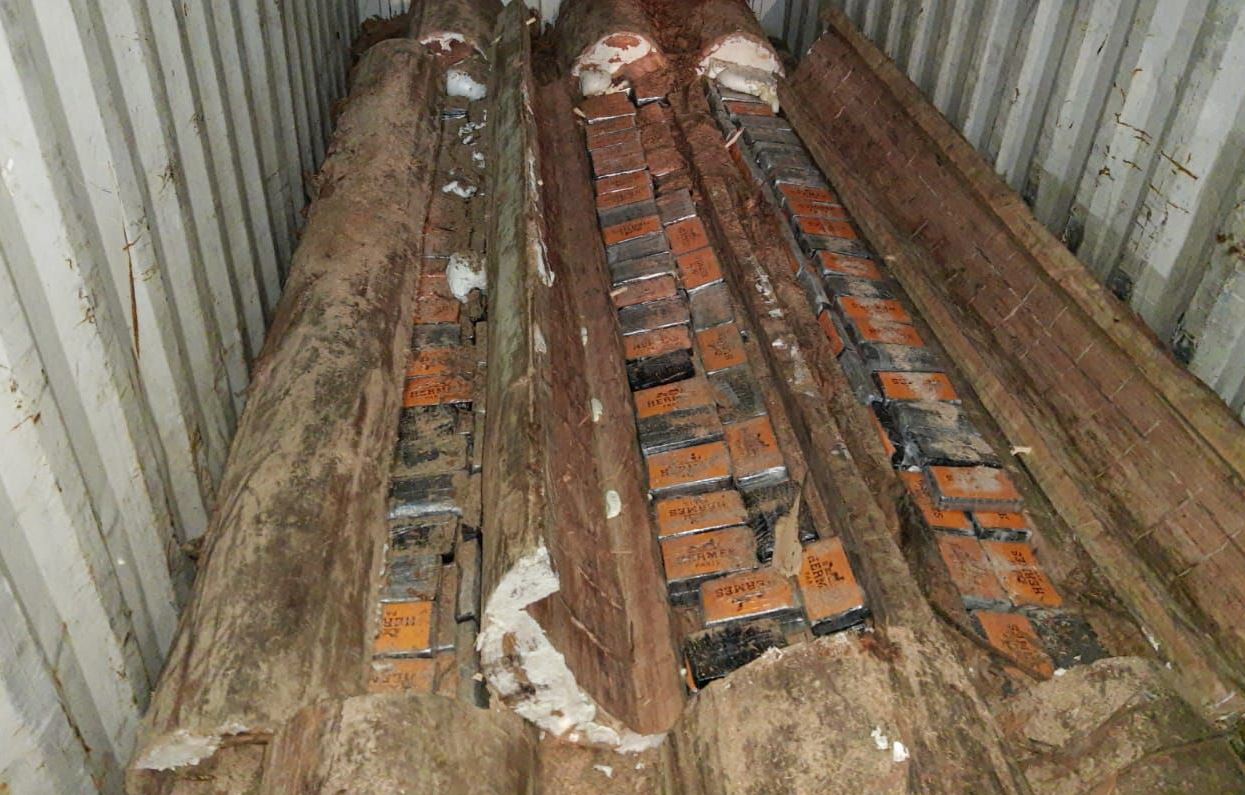Marcelino Tangoa is the chief of the Unipacuyacu community of the Kakataibo people in Huánuco in the Peruvian Amazon.
He took office after several months of consternation and fear following the murder of Arbildo Meléndez in April 2020, the previous chief of the community.
From then on, his main objective was to continue demanding that the relevant authorities comply with the law, legally secure his territory through a collective land title, and restore social peace in his village.

Two and a half years later, he still has not achieved this, but the threats, harassment, and violence in his territory have not stopped.
Marcelino had to leave his community temporarily, his companions had to endure siege by invaders, and the teacher of the only educational center who joined the demands left the community after an assassination attempt.
Responsible for this harsh environment in the middle of the Amazon rainforest are invaders dedicated to coca cultivation, producing cocaine, and marketing it through flights to other areas.
The National Commission for Development and a Life Without Drugs (DEVIDA) has just published a report showing that coca leaf cultivation in 2021 has advanced mainly in indigenous areas, where 15,380 hectares are reported, of which 11,102 hectares belong to indigenous communities – 71% more than in 2020 – and 4,278 hectares to peasant communities, 22% more than in 2020.
In addition, buffer zones of protected natural areas, where many indigenous communities live, have increased by 36% compared to the previous year and now include a total of 12,436 hectares of coca fields.
Drug trafficking, in synergy with other forms of illicit economy, is in direct dispute for control of the Amazon.
The information analyzed indicates that with the onset of the COVID-19 pandemic, weak state institutions in remote areas shrank or disappeared, while crime increased tremendously in some areas.
Evidence of this is the 18 murders in the Amazon in two and a half years, a record number for Peru.
The drug trade also has more subtle strategies to penetrate impoverished areas where no alternative product can compete with coca cultivation, which is in overwhelming demand by the 21 million cocaine users in the global North.
Eight communities of the Kakataibo people are in this situation, with the case of Unipacuyacu being representative, a community surrounded by drug trafficking, showing that despite the goodwill of some central government authorities, collective titling, eradication of coca plants, or effective protection of community members is a chimera, as the implementation of such a policy is essentially a major challenge for the Kakataibo people.
Much of the implementation of this goodwill must take place inside the territory itself, where government norms do not apply and where the economic power of the drug trade reigns, capable of corrupting any authorities who oppose its goals.
According to the Ministry of Agricultural Development, there are 64 indigenous communities without land titles, located in conflict areas and even under a state of emergency; whether besieged by drug trafficking, illegal logging, and mining, or land trafficking, in other words, communal areas besieged by organized crime.
The government has not yet taken adequate measures to protect indigenous lands when violence occurs.
Although the mechanism has allowed nine government institutions, including the Attorney General’s Office, the Ministry of the Interior, the Ministry of Culture, the Ministry of the Environment, and the Ministry of Agricultural Development, to work together under the observation of supranational organizations, it has not yet been possible to enter the territory to title the community and effectively protect the lives of defenders under threat.
In these two and a half years of institutional contraction, no public institution can guarantee that it will carry out its supervisory functions or enforce the law in these territories unless the military and police guard it.
Indigenous peoples are no longer just obstacles to preventing the destruction of forests; they are now on the front lines of the fight against organized crime without public support or preparation.
The results are clear: the victims of drug trafficking are indigenous peoples, and 11 of the 18 murders are due to drug trafficking.
The presence of the state is urgently needed. Still, to act in this area, it is first necessary to establish protocols for action in indigenous areas where drug trafficking or other forms of organized crime occur to avoid reprisals.
After interdiction, it is also urgent to fill the gaps in the timely and permanent provision of services in indigenous areas and develop sustainable alternative projects prioritizing the indigenous economy.
Deforestation in the Amazon cannot be addressed separately to prevent climate change, with significant resources, without effectively protecting the lives and integrity of indigenous peoples in areas where the illegal economy is forcibly enforced.
With information from Latina Press

